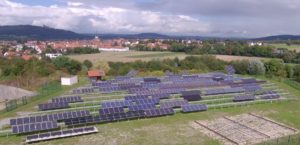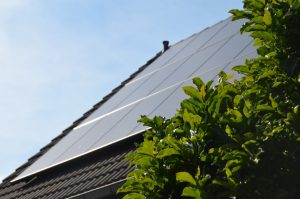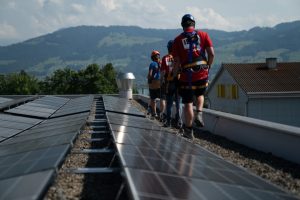Module trends and technologies: Cast Mono
 The photovoltaic market has increased significantly over the last decade. In 2015, the annual PV installation was over 50 GW and the solar cells made with Multi Crystalline Silicon (mc-Si) had a market share of nearly 60 %. This year, however, the majority of European countries noticed a significant switch to Mono Crystalline Silicon with ratios of ~70 % in comparison to 30 % mc-Si. Regardless of the technology, one aspect is absolutely clear: the market is still going the direction where customers worldwide require higher efficiencies. The prices, however, have to stabilise or should get lower. By fulling this demand, cell and solar module producers are required to provide a solution to offer higher efficiencies at the same or lower level of prizing. In Sep 2018 we introduced you to our new module technologies which includes Half Cell, Multi Busbar or optimized cell connector like LRF. This time we want to take a closer look the Cast Mono technology. (more…)
The photovoltaic market has increased significantly over the last decade. In 2015, the annual PV installation was over 50 GW and the solar cells made with Multi Crystalline Silicon (mc-Si) had a market share of nearly 60 %. This year, however, the majority of European countries noticed a significant switch to Mono Crystalline Silicon with ratios of ~70 % in comparison to 30 % mc-Si. Regardless of the technology, one aspect is absolutely clear: the market is still going the direction where customers worldwide require higher efficiencies. The prices, however, have to stabilise or should get lower. By fulling this demand, cell and solar module producers are required to provide a solution to offer higher efficiencies at the same or lower level of prizing. In Sep 2018 we introduced you to our new module technologies which includes Half Cell, Multi Busbar or optimized cell connector like LRF. This time we want to take a closer look the Cast Mono technology. (more…)



